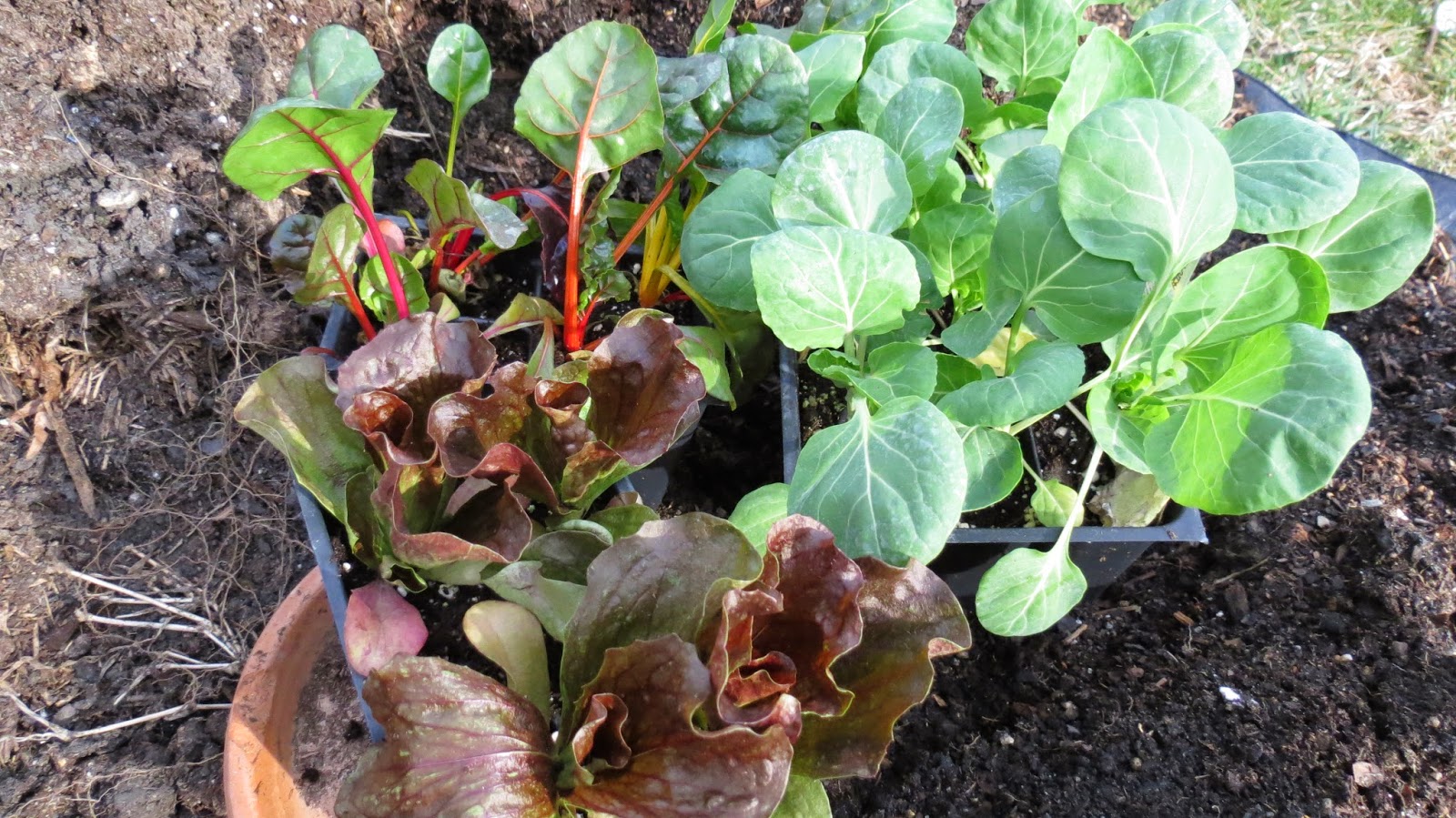Tips for Inspecting and Buying Healthy Vegetable Transplants from Stores: Check the Roots!
Tips for Inspecting and Buying
Healthy Vegetable Transplants from Stores: Check the Roots!
I do grow most of my own transplants but I can't resist browsing the vegetable transplants that are put and signal spring. They are out as of this week here in Maryland Zone 7. And if I am browsing, assuming it's a fair price, then I am buying. There are several tips you can follow to make sure you get a healthy transplant for your garden. Remember by the time they get to be displayed, they have already been growing 4-6 weeks. They really don't have but 2 weeks shelf life in my opinion.
 |
| Vegetable Transplants - The Rusted Garden 2014 |
The plants arrive healthy but they are at risk of great stress. Sitting in the sun, they easily and often dry completely out. This will stress the plant. The plants are usually large and because of that they will quickly use up the nutrients in the soil of the seed cell. Very few place feed their transplants.
You really want to get transplants that have only been out on display for 1-2 weeks. There shouldn't be any yellowed or dried leaves but for the leaves that first emerged. Yellow leaves typically mean poor watering. Sometimes you will notice tomatoes that have a purple coloration through them and that is a nutrient deficiency. The leaves and stems of transplants should look vibrant and healthy like in the picture and video.
Look over the leaves. I have bought kale before that had green cabbage loopers on the leaves. You can bring unwanted insects and disease into your garden if you aren't careful. There shouldn't be any signs of bug damage. No holes in the leaves. No marking or trails on the leaves. They really should look picture perfect. This holds true for looking for sings of fungus and bacteria spots. Clean leaves!
Finally, check the roots. It is not bad etiquette to pop the plant out of the cell and check the roots. The video shows you the best examples of how they should look. You basically don't want them overly coiled at the bottom of the cell or to have really massively covered the sides of the plug. Roots the have over grown the cell are signs of an older plant. An older plant might mean the plant is stunted and ready to turn to seed or start setting fruit. It tells you the transplants have been sitting a long time.
Good Luck in Your Gardens
Gary
Join My Google+ Community Our Tomato and Vegetable Gardens (2500+ Members!)
250 HD Short and to Point Garden Videos: My YouTube Video Gardening Channel
Follow and Organize The Rusted Garden on Pinterest

Comments
Post a Comment